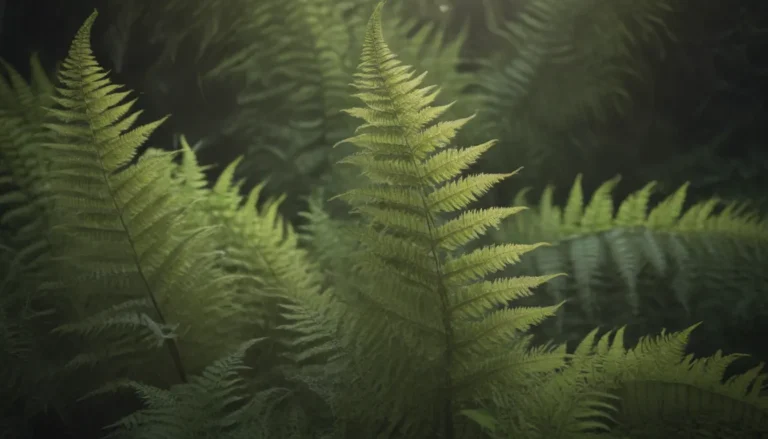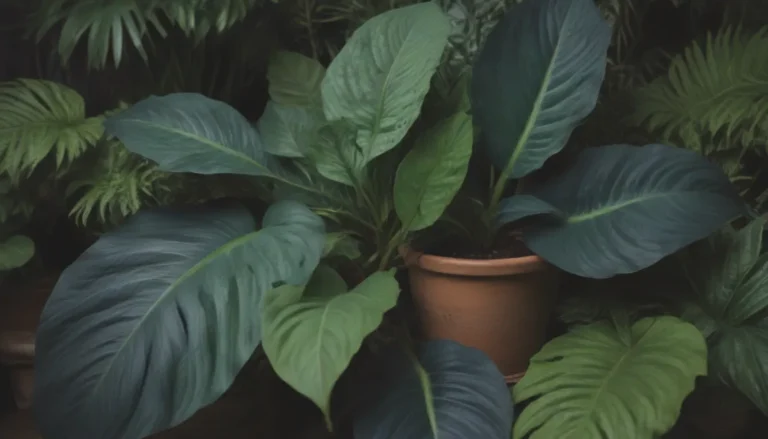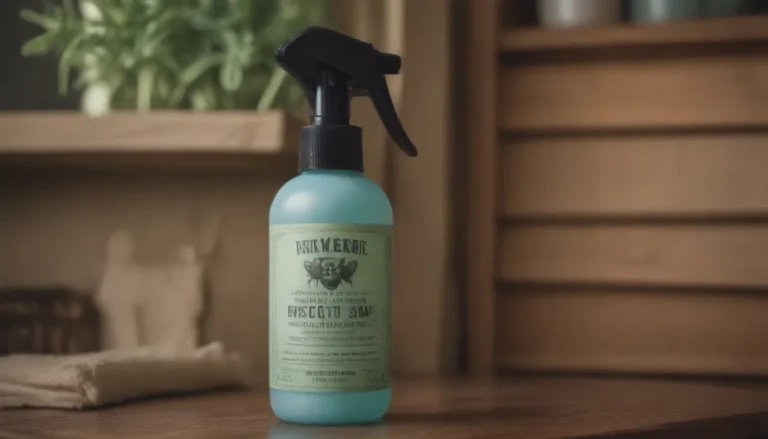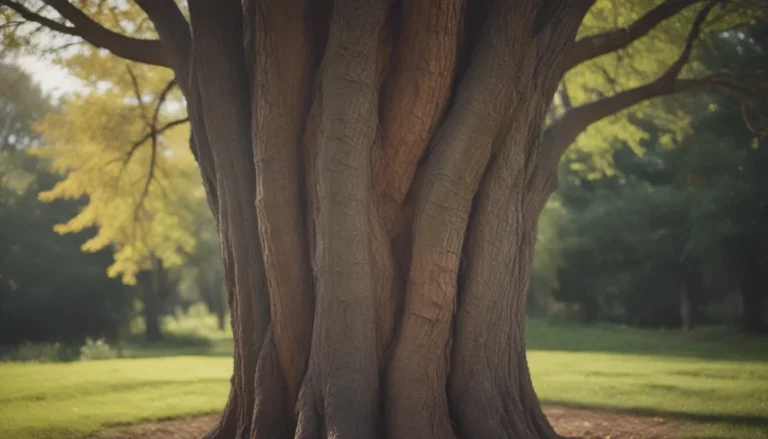The Impact of Invasive Vines on Your Garden
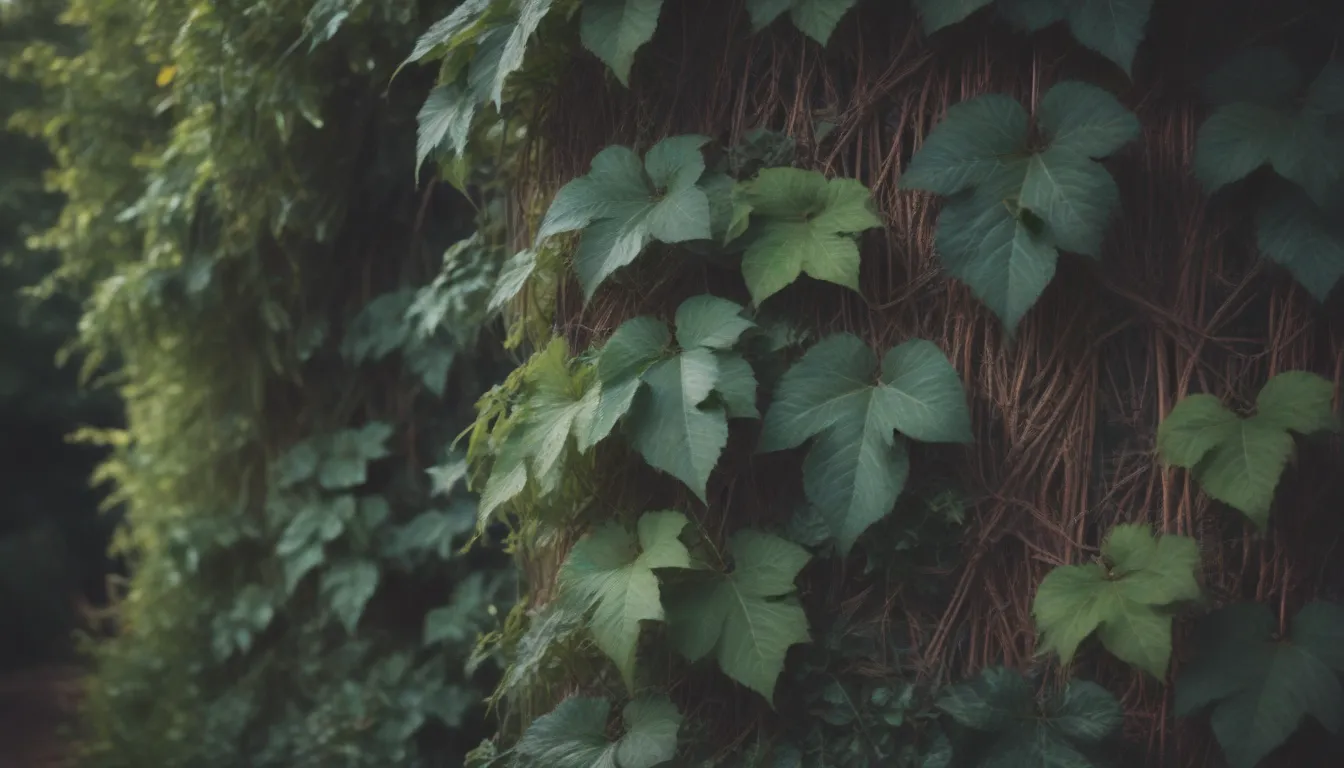
In the world of gardening, maintaining a beautiful and thriving garden requires careful consideration of the plants you choose to cultivate. While many plants can enhance the aesthetics of your outdoor space, some species have the potential to wreak havoc if not managed properly. Invasive vines, in particular, can quickly spiral out of control, taking over your garden and outcompeting native plants.
When it comes to identifying invasive vines, it’s essential to understand their growth habits and the regions in which they thrive. While some species may seem harmless at first glance, their aggressive spreading nature can pose a significant threat to the biodiversity of your garden. In this article, we will explore 11 species of invasive vines that you should be wary of and tips on how to manage them effectively.
Understanding Invasive Vines
Invasive vines are plants that, due to their rapid growth and prolific spreading capabilities, can quickly overtake an area, outcompeting native plant species. These vines often have mechanisms that allow them to attach themselves to structures, trees, and other plants, making them challenging to control once established. While some invasive vines may exhibit attractive features such as vibrant flowers or colorful berries, their unchecked growth can have detrimental effects on the ecosystem.
Characteristics of Invasive Vines
- Rapid growth rate
- Ability to climb and attach to structures
- Prolific spreading through seeds, runners, or rhizomes
11 Invasive Vines to Watch Out For
- Algerian Ivy (Hedera algeriensis):
- Hardiness Zones: 7 – 11
-
Characteristics: Fast-spreading with roots that readily form along the stem. Can be used as a groundcover in shady areas.
-
Chinese Wisteria (Wisteria sinensis):
- Hardiness Zones: 4 – 9
-
Characteristics: Forms new roots at each node, allowing for rapid spreading. Pruning is essential for controlling its growth.
-
English Ivy (Hedera helix):
- Hardiness Zones: 4 – 13
-
Characteristics: Known for climbing structures and tree trunks. Can be toxic to humans if ingested.
-
Five-Leaf Akebia (Akebia quinata):
- Hardiness Zones: 4 – 8
-
Characteristics: Produces sweetly scented chocolate-purple flowers. Hand pollination may be necessary for fruiting.
-
Japanese Honeysuckle (Lonicera japonica):
- Hardiness Zones: 5 – 8
-
Characteristics: Beautiful vanilla-scented flowers attract bees and hummingbirds. Spreads rapidly through rhizomes and seeds.
-
Japanese Wisteria (Wisteria floribunda):
- Hardiness Zones: 4 – 9
-
Characteristics: Known for gradually opening blooms and invasive spreading. Deadheading can help control its seed production.
-
Kudzu (Pueraria montana var. lobata):
- Hardiness Zones: 5 – 10
-
Characteristics: Notoriously invasive and spreads rapidly. Considered a nuisance in many regions.
-
Oriental Bittersweet (Celastrus orbiculatus):
- Hardiness Zones: 4 – 8
-
Characteristics: Wraps around trees and is challenging to eradicate. Dioecious plant that can become a shrub.
-
Poison Ivy (Toxicodendron radicans):
- Hardiness Zones: 4 – 8
-
Characteristics: Toxic to humans and can grow in shrub form. Recognizable by its “leaflets three” appearance.
-
Porcelain Berry (Ampelopsis brevipedunculata):
- Hardiness Zones: 4 – 8
- Characteristics: Attractive purple and turquoise berries. Requires support for growth.
-
Wintercreeper (Euonymus fortunei):
- Hardiness Zones: 4 – 9
- Characteristics: Used as a groundcover with both vine and shrub forms. Can be problematic in certain regions.
Tips for Managing Invasive Vines
- Regular monitoring: Keep a close eye on invasive vines in your garden and take prompt action if you notice aggressive growth.
- Pruning: Regular pruning can help control the spread of invasive vines and prevent them from overtaking other plants.
- Manual removal: For particularly persistent vines, manual removal may be necessary. Ensure you remove all parts of the plant, including roots.
- Consult local resources: Reach out to your local extension service or nursery for guidance on dealing with invasive vines specific to your region.
In conclusion, while invasive vines may have attractive qualities, their unchecked growth can have negative consequences on the biodiversity of your garden. By being vigilant and proactive in managing these plants, you can maintain a healthy and thriving outdoor space for years to come. Remember, when it comes to invasive vines, it’s better to prevent their spread than to deal with the consequences of their unbridled growth.
